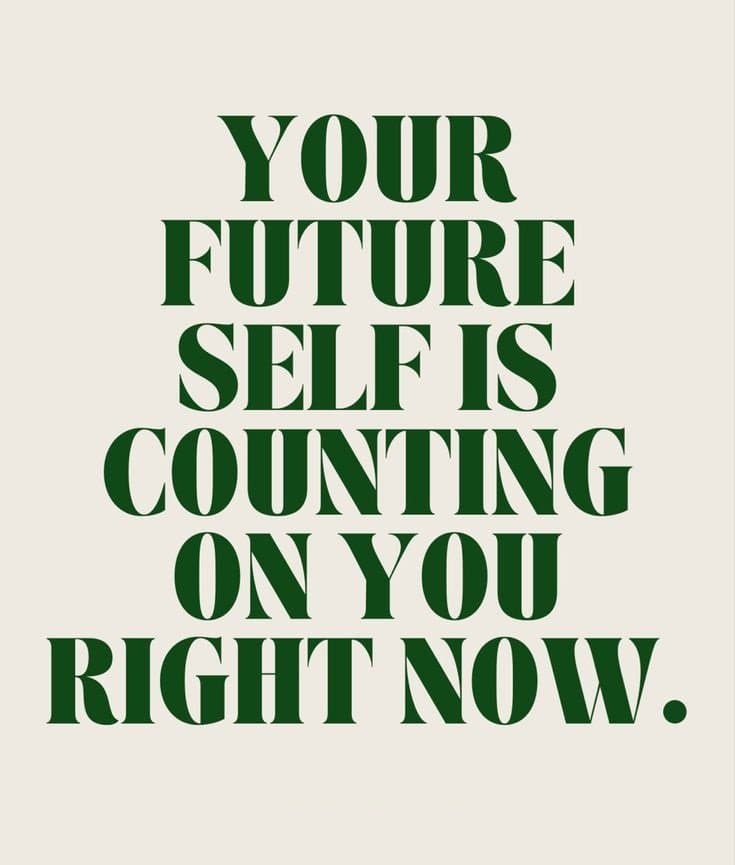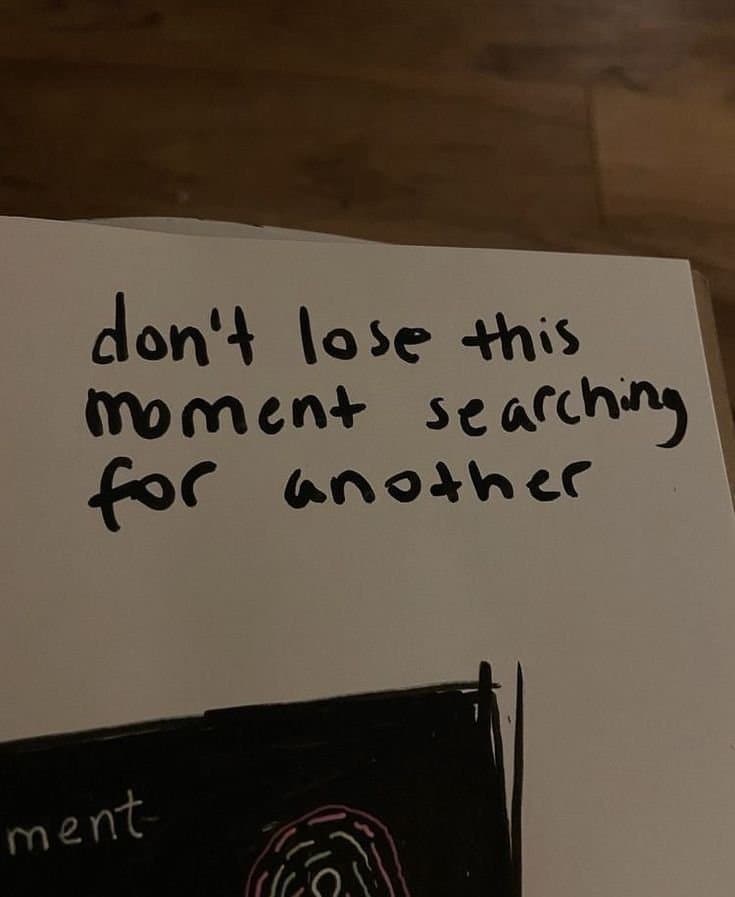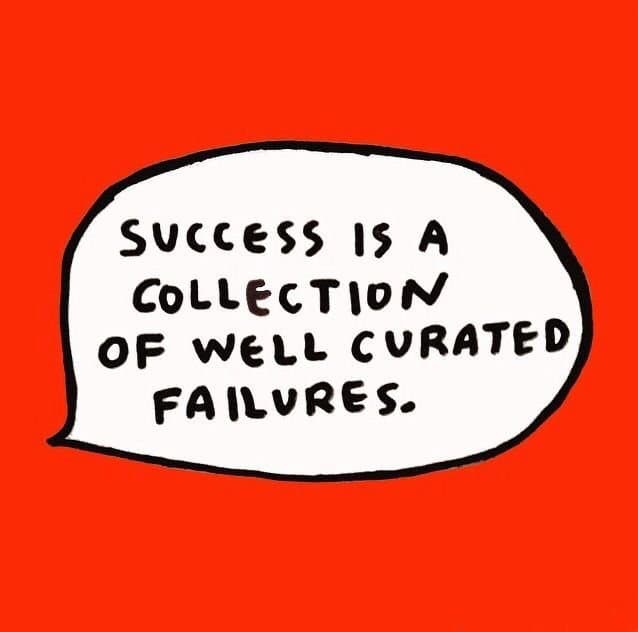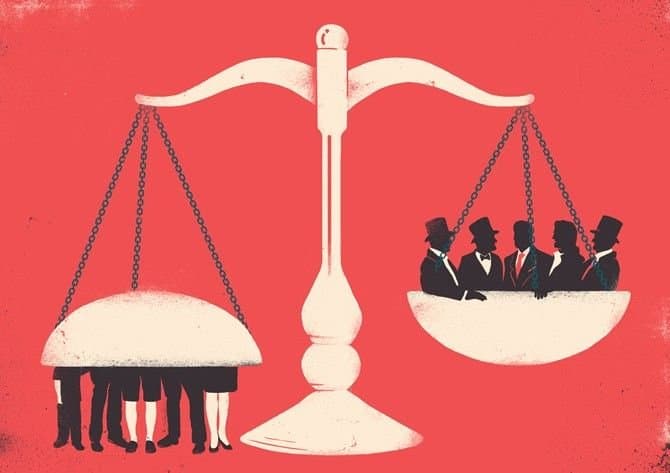I have been teaching psychology since 2012, and over the last six years, I’ve witnessed a wide range of students procrastinate on research projects, skip their scheduled presentation days, ignore required tasks, and blow past due dates. I’ve seen bright prospective graduate students fail to submit their applications on time. I’ve observed doctoral candidates stretch a single dissertation revision over months—or even years. One student even enrolled in my class twice but never submitted a single assignment in either term.
Not once did I believe “laziness” was to blame.
Not a single time.
In fact, I don’t believe in the concept of laziness at all.
I specialize in social psychology, so my focus is on how a person’s environment and context shape their behavior. Usually, when you need to predict or make sense of someone’s actions, it’s best to look at the social or environmental factors around them. Constraints from a person’s situation tend to be a more accurate predictor of behavior than personality traits, intelligence, or other individual differences.
So, when I see a student not doing their work, missing deadlines, or failing to follow through in other ways, my immediate questions are: what situational elements could be stopping them? Which basic needs remain unmet? In cases of so-called “lazy” behavior, I especially wonder: what kinds of barriers might be in play that I’m not seeing?
There are always barriers. Recognizing and validating them is often the first step in breaking free from the cycle of “laziness.”

It makes a huge difference to respond to people’s struggles with curiosity instead of passing judgment. I learned this from a writer and activist friend of mine, Kimberly Longhofer (publishing under the name Mik Everett). Kim’s work centers on helping society acknowledge and accommodate people who are homeless or disabled, and their perspective is among the most insightful I’ve encountered. Part of that comes from Kim’s remarkable abilities, but another factor is that they’ve personally experienced both disability and homelessness at different times in their life.
Kim taught me why it’s so shortsighted to scold someone without a home for buying alcohol or cigarettes. Homelessness often involves sleeping outdoors in the cold, with few friendly faces around and little comfort. Whether you’re trying to rest beneath an overpass or at a shelter, it’s incredibly difficult to get any real sleep. Chronic health issues or injuries are common, and getting adequate medical attention is challenging. Access to nutritious meals is also limited.
In a situation that’s constantly uncomfortable and overstimulating, having a drink or a smoke can be a way to endure. As Kim explained, if you’re freezing outdoors, alcohol might be your only hope for feeling warm enough to fall asleep. If you’re chronically underfed, a few cigarettes can dull the hunger pangs. And if you’re wrestling with addiction on top of all that, there will be times when you do whatever you must to push off withdrawal symptoms—just to get by another day.
Most people who haven’t experienced homelessness rarely view it this way. They prefer to moralize the choices of those living in poverty, maybe because it makes them feel more at ease about social inequities. It’s simpler to believe that people experiencing homelessness are partially responsible for their hardships than it is to admit how powerful external forces truly are.
If you don’t understand a person’s day-to-day reality—every irritation and every trauma that shapes them—then it’s easy to apply simplistic, rigid standards to their behavior. You might think that anyone living on the street should just quit drinking and get a job. But you probably haven’t considered that most of them struggle with mental health concerns and physical problems, along with endless attempts just to be seen as human. They may go days or weeks without real rest or decent food. Meanwhile, people with comfortable, stable lives can barely go a single weekend without craving a treat or making a frivolous purchase—yet somehow, we expect much more of someone living on the margins.
But the truth is, they’re already pushing themselves to the limit. Some people without housing hold down full-time positions, and many invest time and energy into caring for those around them. A lot of their existence is spent navigating a complicated network of bureaucracies—various caseworkers, social services, law enforcement, charity staff, and shelter personnel, some of whom may be well-intentioned but often patronizing. Being homeless is a tremendous amount of work in itself. So, if someone in this position makes a “poor choice,” it usually has a very real and understandable reason behind it.
If you find someone’s behavior baffling, it likely means there’s a part of their situation you don’t grasp. It’s really that basic. I owe Kim a debt for helping me see this. My psychology courses never directly taught me this lesson, but once you start interpreting people’s behaviors through this lens, you begin to realize that what many label as moral failings can, in fact, be empathized with once you factor in the surrounding context.
Let’s examine one trait frequently mislabeled as “academic laziness”: procrastination.
People often blame procrastinators outright for putting things off. It certainly appears lazy if you’re looking at it on the surface. Even procrastinators themselves may call their behavior laziness. If you’re supposed to be working on something and you aren’t, that’s automatically a moral lapse, right? Doesn’t it mean you’re just not motivated or disciplined enough?
Actually, for decades, psychological research has demonstrated that procrastination typically emerges not from laziness but from functional difficulties. When someone avoids starting an important task they genuinely care about, it usually comes down to: a) intense anxiety about not being “good enough,” or b) uncertainty about the initial steps. Laziness doesn’t enter into it. In fact, procrastination tends to be worse when the project matters a lot to the person.
If you’re paralyzed by the idea of failing or are at a total loss for how to kick off a huge undertaking, it becomes incredibly difficult to begin. This isn’t about not wanting to do the work or lacking moral character. Procrastinators may attempt to force themselves to sit for hours in front of an empty document, feeling guilty and frustrated, but that guilt doesn’t magically empower them to start. Sometimes, the harder they try, the more the pressure builds, making it even tougher to make progress.
The real solution is identifying what blocks the procrastinator. If the main issue is fear and anxiety, they might actually benefit from taking a break away from the computer or the reading material—doing something that helps them relax. Labeling them “lazy” usually backfires.
Often, the root problem for procrastinators involves executive functioning: difficulties with breaking a large project into smaller, sequential tasks. Let me use my own dissertation experience as an example: I knocked out my dissertation (proposal, data collection, final defense) in just over a year. That’s partly because I happen to be good at dissecting projects into smaller steps. I outlined the literature I needed, planned my writing schedule, and tackled each section on a pre-set timeline.
No one taught me to approach it systematically, and no one needed to “make” me stick to my schedule. This kind of detailed breakdown felt natural to my methodical, autistic, hyper-focused mind. But most people need external structures: maybe a supportive writing group or deadlines that someone else enforces. When confronted with a large task, many folks would also want tips on how to break it into manageable phases, plus a calendar or organizational framework to gauge their advancement.
Wanting such structures doesn’t mean someone is lazy. It means they benefit from certain kinds of support. When we accept this, we can do a lot more to help them succeed.
I once had a student who often skipped class. Now and then, I would spot her hanging around outside the building mere minutes before class began, looking drained. Then class would start, and she simply wouldn’t appear. On days she did attend, she seemed withdrawn, typically sitting in the back, keeping her gaze lowered. She participated in small group tasks but stayed silent in full-group discussions.
Many of my peers would have quickly labeled her apathetic, disorganized, or uninterested. I’ve overheard comments about “underperformers” from other professors—sometimes dripping with anger or indignation, as though the student were personally offending them by not doing well. They ask, “Why won’t this student care about my course? Why won’t they respect me or my subject matter?”
But in one of my courses, we spent some time exploring stigma around mental health. As a neurodivergent psychologist, I’m passionate about the biases people with mental health conditions face. We discussed how symptoms of depression get misconstrued as laziness, how someone with erratic mood swings is seen as manipulative, and how people with severe disorders are wrongly deemed incompetent or unsafe.
My withdrawn, frequently absent student paid very close attention that day. When class ended and her classmates were leaving, she hung back to talk to me. Then she revealed that she was managing a mental health condition and was currently in therapy, adjusting to new medications and all of their potential side effects. She couldn’t always handle being on campus or in a classroom for extended hours. Yet she was hesitant to explain this to her other professors, worried they’d think she was just making excuses. But she trusted me to react differently.
And I did. I was also upset on her behalf, realizing that she had been made to feel as though her struggles were her own fault. She was juggling a full course schedule, holding down a part-time job, and seriously investing in mental health treatment. She recognized her own needs and tried to talk about them—what I saw was someone with impressive strength and awareness, not an unmotivated slacker. I told her as much.
She ended up taking several more of my classes, and over time I watched her come out of her shell. As she progressed to her junior and senior years, she spoke openly about her mental health with her classmates. She asked difficult questions, challenged my lessons, and introduced relevant articles and news stories to group discussions. On tougher days, she’d let me know, and I gave her room to miss a class if needed. Meanwhile, other faculty—including those in our psychology department—continued to judge her. But in a setting where her obstacles were seen and respected, she truly flourished.
Throughout my time at that school, I met countless other students whose difficulties were consistently overlooked. One student had OCD and was persistently late due to compulsions that occasionally froze him in place for moments at a time. Another was processing serious trauma from an abusive relationship and had therapy appointments right before my class. Yet another student was assaulted by a peer but still had to attend classes with that same individual while the school investigated.
All these students approached me and shared their struggles voluntarily because I openly addressed mental illness, trauma, and stigma in my classes. They sensed I would respond with empathy. And once they had just a few accommodations—some breathing room and understanding—they started excelling academically. Their confidence grew, they felt more motivated to tackle intimidating assignments, their grades rose, and some even started eyeing graduate degrees or significant internships. I often admired their resilience; as an undergrad myself, I wasn’t nearly so self-aware or forthright about asking for help.
Sadly, not all of my psychology colleagues supported such students. One professor, in particular, made it a point never to give makeup exams or allow latecomers into her classroom. No matter the circumstances, she refused to bend her rules. In her eyes, there was always a way to overcome any barrier. As a result, many students struggled in her class, feeling guilty for their personal histories of assault, anxiety, or depression. If a student who failed her class excelled in mine, she grew suspicious.
I find it morally disturbing that any instructor—especially a psychologist—would show such hostility toward the very people they’re supposed to help. It’s not uncommon in academic settings, but no student deserves to face that kind of rigidity.
I also recognize that most educators aren’t trained to look for unseen obstacles in students’ lives. Some institutions even boast about denying accommodations to individuals with mental health diagnoses, confusing cruelty with “academic excellence.” And because many professors did well in school themselves, they can’t readily imagine how someone else might struggle with organization, depression, addiction, or any number of other challenges. I can see how a lack of awareness leads to harsh judgments. Similarly, I understand how “lazy” behavior is often just a visible symptom of hidden challenges.
That’s the main reason I wanted to share this piece: to urge my fellow educators—at every level—to realize that when a student is floundering, it’s rarely by choice. They likely want to succeed. They’re probably doing the best they can. On a wider scale, I’d love all of us to approach individuals we’re tempted to dismiss as “lazy” or irresponsible with curiosity and compassion instead.
If someone can’t get up in the morning, there’s a reason for that fatigue. If a student isn’t doing their papers, there’s probably a specific aspect of the work they can’t tackle on their own. If an employee never meets deadlines, there’s a reason they’re finding it difficult to stay organized or keep pace. Even in cases of deliberate self-sabotage, that choice is often rooted in deeper fears, unfulfilled needs, or a fragile sense of self-worth.
People don’t wish to fail or let others down. Nobody wants to feel ineffective or disinterested. So if a person’s actions (or inaction) simply appear “lazy,” it just means you haven’t spotted the key details yet. There’s always an underlying reason. The barriers are always real. If you can’t see them—or if you think they’re not valid—that doesn’t mean they don’t exist. You just need to look more closely.
Maybe you haven’t always approached human behavior this way. That’s fine—you can start now. Give it a try.
























Responses (0 )